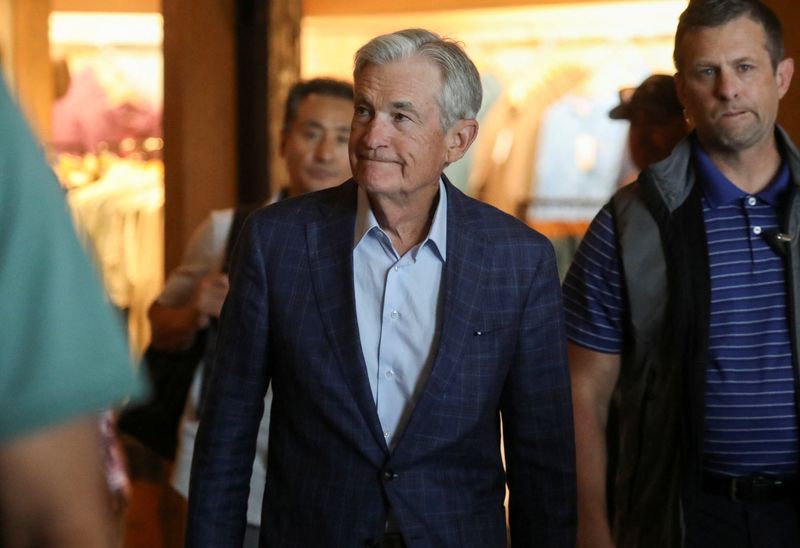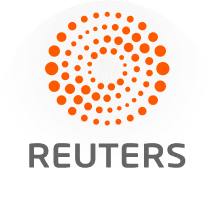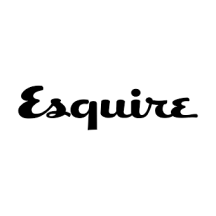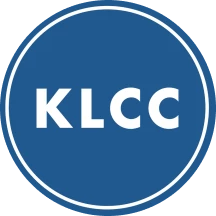
By Michael S. Derby
(Reuters) -Federal Reserve Chair Jerome Powell on Friday announced an updated operating framework more oriented toward traditional efforts of promoting price stability, supplanting what had been a troubled effort that biased central bank policy toward its job mandate over its inflation target.
Nodding toward significant changes in the economic landscape over the last five years, the new operating edict moves the Fed's framework away from what had been an omnipresent challenge of monetary policy having to operate at very low interest rates due to what had been an extended period of tepid inflation relative to the central bank's 2% target. That environment informed its 2020 policy framework review.
"There is a great deal of continuity with past statements" in the new framework, Powell said in a speech to international economists and policymakers at the Fed's annual Jackson Hole conference in Wyoming.
"We continue to believe that monetary policy must be forward-looking and consider the lags in its effects on the economy" and that the Fed must balance risks to both its job and inflation mandates when setting monetary policy, Powell said. He added that setting numerical goals for things like the ideal level of employment is "unwise."
Powell said in the new framework "we removed language" about the low-rate environment and "we returned to a framework of flexible inflation targeting and eliminated the 'makeup' strategy" featured in the 2020 framework, the last time the Fed updated its overall operating principles.
"Our revised statement emphasizes our commitment to act forcefully to ensure that longer-term inflation expectations remain well-anchored, to the benefit of both sides of our dual mandate," Powell added.
Kathy Bostjancic, chief economist for Nationwide, said the policy strategy update demonstrated that "the Fed had reverted to its pre-COVID framework that had a symmetric focus on both attaining the inflation and employment goals, moving away from the more asymmetrical focus on the high unemployment rate and concerns about interest rates falling back sharply to the effective lower bound."
Joe Brusuelas, chief economist at RSM US LLP, said the framework would likely orient the central bank toward higher interest rates. "By returning to a focus on price stability and a 2% inflation target, this implies that all concerned should prepare for higher rates for longer despite a rising probability of near-term rate cuts," he said.
The review of the Fed's operating principles was widely expected. The minutes from the central bank's July 29-30 policy meeting, released on Wednesday, had noted the overhaul "would be designed to be robust across a wide range of economic conditions."
That was a nod to the fact that the last iteration was quickly overrun by the events of the COVID-19 pandemic. The agenda advanced then said the Fed would allow inflation to overshoot the 2% target to make up for periods when the central bank had fallen short of the goal.
Powell said under the new principles "we take into account the extent of departures from our goals and the potentially different time horizons over which each is projected to return to a level consistent with our dual mandate."
IMPACT OF PANDEMIC
The last framework was adopted in the context of a Fed that at that time had been contending with an extended period of very weak inflation pressures, which had in turn led to a long period of very low short-term interest rates. Low rates complicated the Fed's ability to respond to economic shocks.
The pandemic, which took hold in the spring of 2020, prompting an immense round of stimulus from the Fed and U.S. government, soon led to some of the highest inflation pressures in decades. That quickly put the Fed on a policy path that had little to do with the objectives of the 2020 framework.
The inflation that began to roar in 2021, prompting aggressive Fed rate hikes, has largely abated and the central bank has been able to lower its interest rate target to the 4.25%-4.50% range. Many investors expect the central bank will be able to cut rates in September, although a number of Fed officials suggested on Thursday that tariff-related inflation threats could yet keep them on the sidelines.
But few expect the Fed will be able to return to the low interest rates seen before the pandemic amid changes in the economy and large increases in government borrowing that are collectively raising the long-run level of short-term interest rates.
(Reporting by Michael S. Derby; Editing by Paul Simao)

 Reuters US Domestic
Reuters US Domestic
 CBS News
CBS News Raw Story
Raw Story Esquire
Esquire Reuters US Top
Reuters US Top KLCC
KLCC Roll Call
Roll Call NFL Jacksonville Jaguars
NFL Jacksonville Jaguars US Magazine
US Magazine Vox
Vox